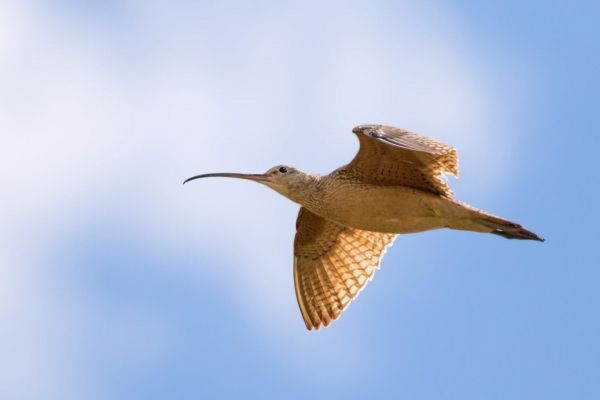Kyle Horton, assistant professor at Colorado State University, led a new study analyzing nocturnal bird migration that he hopes will lead to more answers about shifting migration patterns. He and the research team used 24 years of radar data from NOAA, the National Oceanic and Atmospheric Administration, for the study.
The research team – including scientists from the Cornell Lab of Ornithology and the University of Massachusetts – found that spring migrants were likely to pass certain stops earlier now than they would have 20 years ago. Temperature and migration timing were closely aligned, with the greatest changes in migration timing occurring in regions warming most rapidly. During fall, shifts in migration timing were less apparent.
The study, one of the first to examine the impacts of climate change on migration timing at a continental scale, is published December 16 in Nature Climate Change.
Continue reading at Colorado State University
Image via Colorado State University


